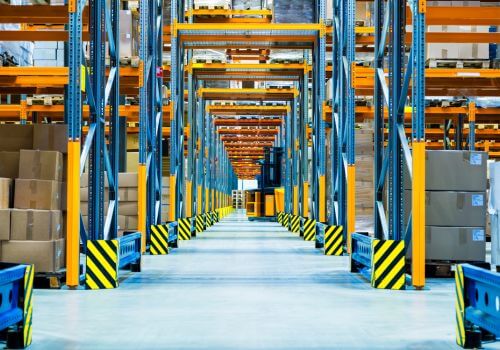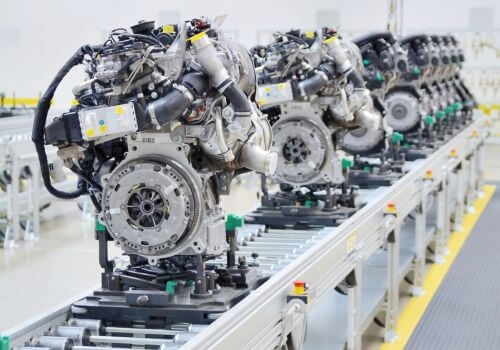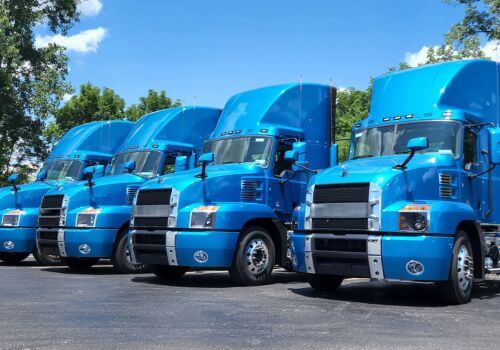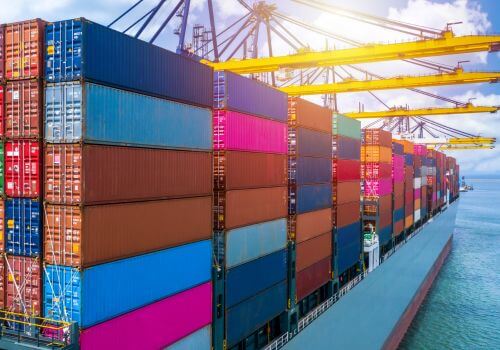Semi-truck manufacturers have predicted and now showcased record demand for trucks leading up to 2023, and have gone from unstable supply constraints to filling vast orders – now that parts are starting to produce more frequently.
“Demand for trucks is, I would say, unprecedented,” said David Carson, SVP of sales and marketing for Daimler Trucks North America. “We’ve seen an incredible demand going through COVID-19 and continuing well into 2023. That demand actually exceeds our capacity and it exceeds the capacity of the entire industry.”

Up to 285,000 new semi-trucks are sold in America each year, and as of late 2022, sales were set to surpass this number. The average fully loaded semi-truck can run costs above $200,000 per vehicle. Companies that dominate in manufacturing these trucks include Daimler Trucks, Paccar, Volvo, and Traton – Daimler being the largest, containing 40% of the market share.
The industry is changing and truck makers are spending billions to replace fuel-burning diesel engines with battery-powered solutions. There is also a competitive market to build autonomous trucks, which could drive down costs and allow companies to run trucks without breaks. This will become present more than ever in 2023, and testing initiatives will be seen in the near future.
We Are Hiring
$7,000 Sign On Bonus!!!
“You can credit [Tesla CEO] Elon Musk with making trucking cool, as polarizing as he can be,” said Craig Fuller, founder and CEO of Freightwaves, the company that provides data and news about the trucking industry.
Acclaimed truck makers such as Daimler have invested in electric semi-truck technology, partly to satisfy increasing regulations and to compete with sustainability efforts. Established truck makers are now attempting to keep their particular and often cost-sensitive customers happy while investing in an uncertain future for autonomous vehicles.
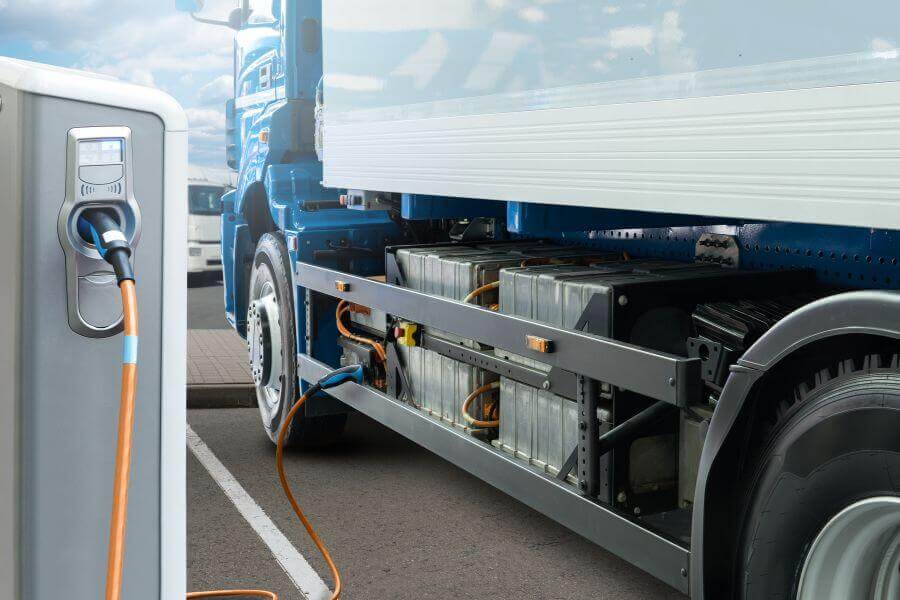
California Accelerates Green Transport With $122.9 Million Federal Grant for Zero-Emission Infrastructure
California has secured a substantial $122.9 million grant from the U.S. Department of Transportation to enhance its zero-emission vehicle infrastructure, significantly bolstering the state’s capacity
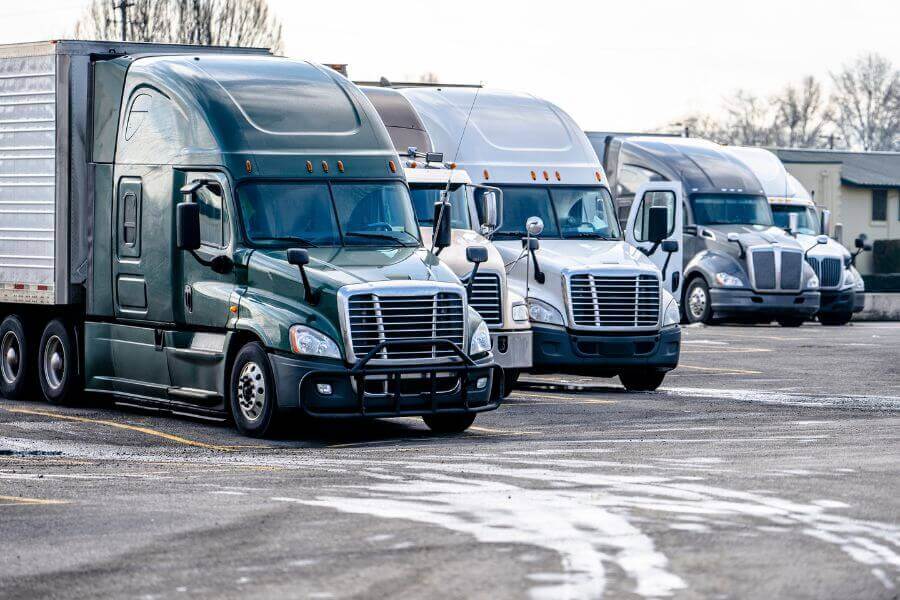
Trucking Activity Dips, Reflecting Ongoing Freight Market Volatility
Trucking activity experienced a decline in November following a rise in October, indicating ongoing volatility in the freight sector, according to the American Trucking Associations
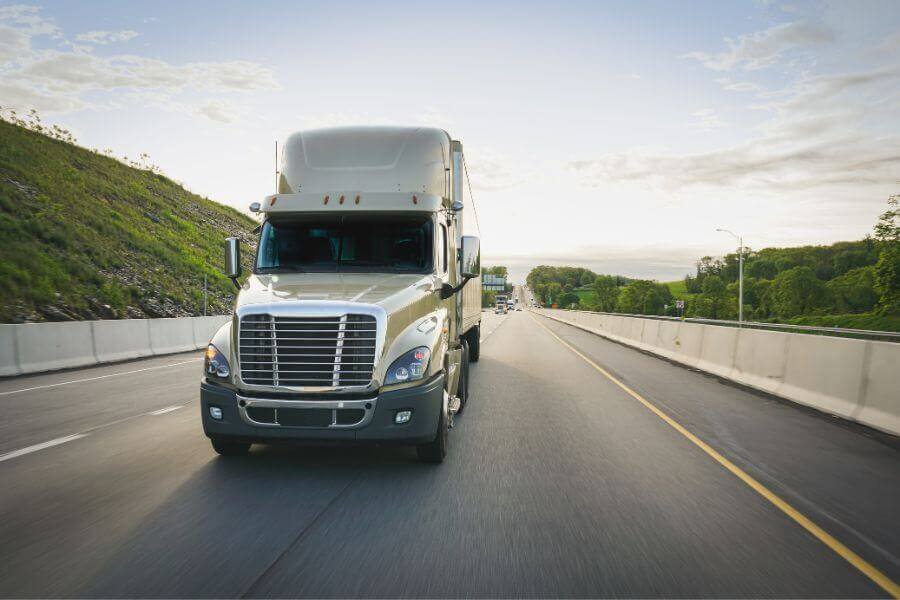
Trucking Industry Edges Toward Balance as Supply-Demand Dynamics Shift
The trucking industry is showing signs of stabilizing as the imbalance between freight demand and capacity begins to normalize, according to industry analysts. The COVID-19


